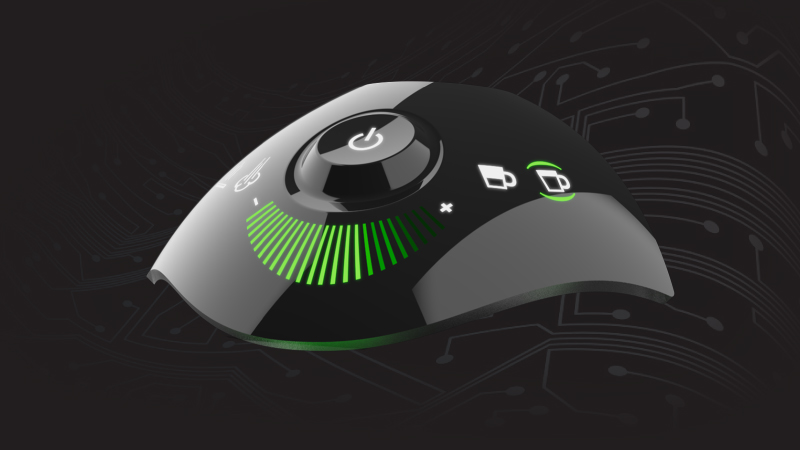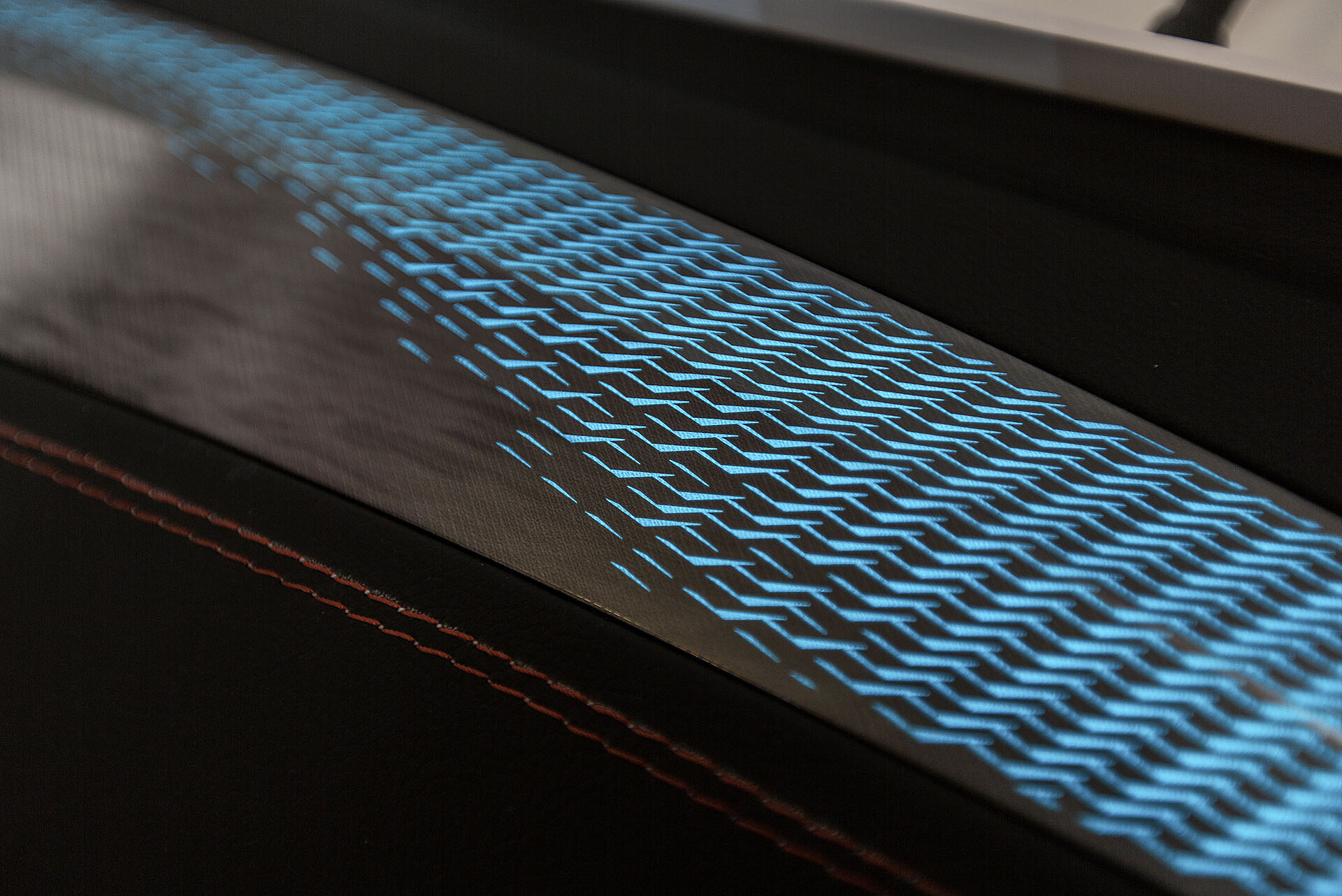In-Mold Decorations: Transforming Production Specifications
In-Mold Decorations: Transforming Production Specifications
Blog Article
In-Mold Decorations: Elevating Products With Accuracy and Appearances
In the realm of item style, the marital relationship of accuracy and looks holds an extremely important setting in catching customer interest and loyalty. In-Mold Decorations (IMD) have actually emerged as a sophisticated technique that not just elevates the visual appeal of items but also makes certain a precise assimilation of style components. The combination of technology and virtuosity in IMD opens a realm of opportunities for producers seeking to distinguish their offerings in an open market landscape (In-Mold Decorations). As we explore the realm of IMD, a globe where precision meets creative thinking, a much deeper understanding of the transformative influence on items waits for.
Advantages of In-Mold Decorations
Using in-mold designs uses suppliers a cost-efficient method to effortlessly incorporate complex styles onto plastic surfaces throughout the production procedure. This cutting-edge technique involves placing a pre-printed film or label into the mold and mildew before injecting the molten plastic, leading to a long-term fusion of the decoration with the product. The benefits of in-mold decors are manifold, beginning with the ability to achieve high-resolution graphics and thorough styles that enhance the visual charm of the end product. This process eliminates the need for second procedures such as paint or post-decoration, improving the manufacturing process and reducing manufacturing time and expenses.
In addition to improving visual appeals, in-mold designs also improve the resilience and long life of the layout as it ends up being an indispensable component of the item, as opposed to a shallow layer that can put on off with time. The seamless combination of decors via in-mold strategies makes sure a regular and consistent appearance across all manufactured items, keeping brand uniformity and high quality requirements - In-Mold Decorations. Overall, the benefits of in-mold designs make it a recommended choice for makers seeking to elevate their products with accuracy and visual charm
Precision in Design Integration
Attaining precise style integration with in-mold designs needs an eager concentrate on precision and focus to information from the first phases of the production process. The success of in-mold decorations hinges on the smooth combination of the style with the item, developing a unified and visually enticing outcome. Precision in layout assimilation includes variables such as ensuring the exact placement of the design within the mold and mildew, selecting the best materials to attain the preferred aesthetic, and preserving uniformity throughout the manufacturing procedure.
One key aspect of accuracy in layout combination is the placement of the decoration with the item's attributes and shapes. This calls for mindful preparation and implementation to ensure that the design complements the item's shape and improves its general look. In addition, attention to information is essential in maintaining the quality and uniformity of the decors throughout several production runs, making sure that each item satisfies the highest possible criteria of accuracy and visual allure. By prioritizing precision in style integration, suppliers can elevate their products and produce a lasting perception on customers.
Appearances and Visual Effect
With an emphasis on enhancing the overall appeal of products, the aesthetic appeals and visual effect of in-mold designs play a crucial duty in captivating customer interest. In today's affordable market, where customers are inundated with options, the visual appeal of a product can be the distinguishing factor that influences investing in choices. In-mold decorations supply a special possibility to boost the aesthetic appeals of items by giving elaborate designs, lively colors, and smooth coatings that typical decorating approaches might battle to achieve.
The visual influence of in-mold decorations extends past plain looks; it interacts brand name top quality, attention, and identification to information. By incorporating aesthetically enticing aspects into product design, suppliers can develop a strong brand presence that resonates with customers on a subconscious level. Furthermore, the accuracy and uniformity provided by in-mold decor methods make sure that every item satisfies the greatest criteria of visual charm, enhancing brand name credibility and customer depend on.
Cost-Effectiveness of IMD

IMD decreases the demand for second procedures like painting or labeling, saving both time and sources. By incorporating the design directly into the molding procedure, IMD gets rid of the added steps needed for using decorations post-production. This streamlined procedure not just decreases labor costs yet additionally minimizes the threat of mistakes or flaws that may emerge throughout secondary enhancing processes.
Moreover, IMD improves the durability of designs by encapsulating them within the product, making sure a longer-lasting and more immune finish - In-Mold Decorations. This durability equates into minimized upkeep and replacement expenses over the item's lifecycle, making IMD a cost-efficient solution for accomplishing superior aesthetic appeals and aesthetic allure in production
Durability and Long Life
Integrating in-mold decors not only ensures cost-effectiveness in producing procedures but also significantly boosts product resilience and durability. The procedure of in-mold design involves the application of graphics or attractive finishes during the molding procedure, developing a integrated and seamless layout that is secured within the product itself. This protective layer offered by in-mold designs functions as a guard against damage, scratches, fading, and various other ecological aspects that could endanger the appearance and toughness of the product over time.
Products with in-mold decors are recognized for their resistance to abrasion, chemicals, and UV exposure, making them ideal for applications that call for long-lasting efficiency and aesthetic appeals. Unlike conventional surface-applied decorations that can remove or fade with usage, in-mold designs end up being an innate part of navigate to these guys the product, making sure that the design continues to be undamaged and vivid throughout the product's lifespan. This durability not only boosts the overall top quality of the item but additionally lowers the demand for frequent maintenance or substitutes, ultimately giving long-lasting price savings for customers and suppliers alike.
Conclusion

The advantages of in-mold decors are manifold, starting with the capability to achieve high-resolution graphics and comprehensive styles that improve the visual appeal of the final product.In addition to improving aesthetic appeals, in-mold decorations also boost the resilience and durability of the layout as it comes to be an important component of the item, instead than a shallow layer that can use off over time. In-mold decorations offer a special opportunity to elevate the aesthetic appeals of products by supplying detailed designs, dynamic colors, and seamless surfaces that conventional designing techniques may struggle to accomplish.
The process of in-mold design involves the application of graphics or ornamental finishes throughout the molding procedure, producing a integrated and smooth layout that is safeguarded within the item itself. Unlike traditional surface-applied designs that can peel off or fade with use, in-mold decors become an intrinsic component of the item, guaranteeing that the layout stays brilliant and undamaged throughout the item's life expectancy.
Report this page